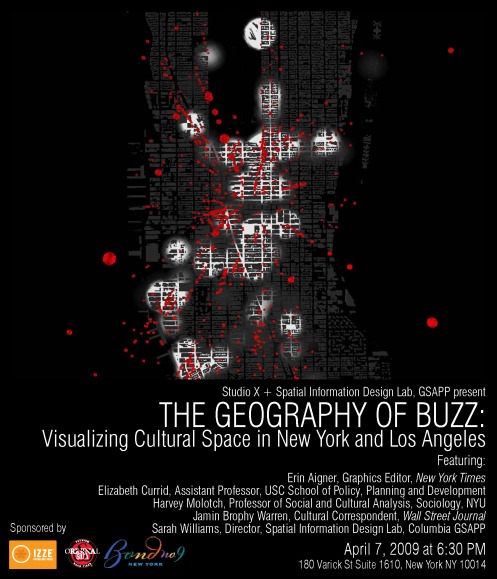
KRAZY!
Delirious World of Anime + Manga + Video Games
Japan Society
Through June 14
KRAZY! is New York’s first major show dedicated to the Japanese phenomenon of Anime, Manga, and Video Games—three forms of contemporary visual art that are exercising a huge influence on an entire generation of American youth. The exhibition, organized by the Vancouver Art Gallery, is presented in an environment designed by cutting-edge architectural practice Atelier Bow-Wow, featuring life-size blowups of popular figures from the worlds of anime and manga within an intriguing sequence of spaces that evoke Tokyo’s clamorous cityscape. Co-curated by leading North American and Japanese specialists, KRAZY! gives visitors a direct experience of new forms of cultural production and offers fresh insight into the interdependence of three art forms of the future.
View a full exhibition checklist (PDF)
KRAZY! Catalogue Order Form (PDF)
View KRAZY! architectural diagrams (PDF)
Anime Film Screenings
The anime films that are featured in KRAZY! are shown full-length in the recently upgraded—with digital projectors and 5.1 surround sound—auditorium at the Japan Society. The films are:
Katsuhiro Otomo’s classic, Akira (1988); Masaaki Yuasa’s Mind Game (2004); Satoshi Kon’s, Paprika (2006); Patlabor 2: The Movie, by Mamoru Oshii (1993); The Place Promised in Our Early Days (2004), by Makoto Shinkai; and Super Dimension Fortress Macross: Episode 9, 17, 18, and 27 (1982-83), designed by Ichiro Itano.
Screenings begin Saturday, March 14 and will continue until June 14, 2009. Viewing times are Friday: 3:00 to 9:00 pm; Saturday and Sunday: 11:00 to 5:00 pm in the Japan Society Auditorium.
Gallery hours:
Tuesday through Thursday 11 am – 6 pm
Friday 11 am – 9 pm
Saturday & Sunday 11 am – 5 pm
The gallery is closed on Mondays and major holidays.


 Wednesday, April 22
Wednesday, April 22
 More Talks About Buildings
More Talks About Buildings



